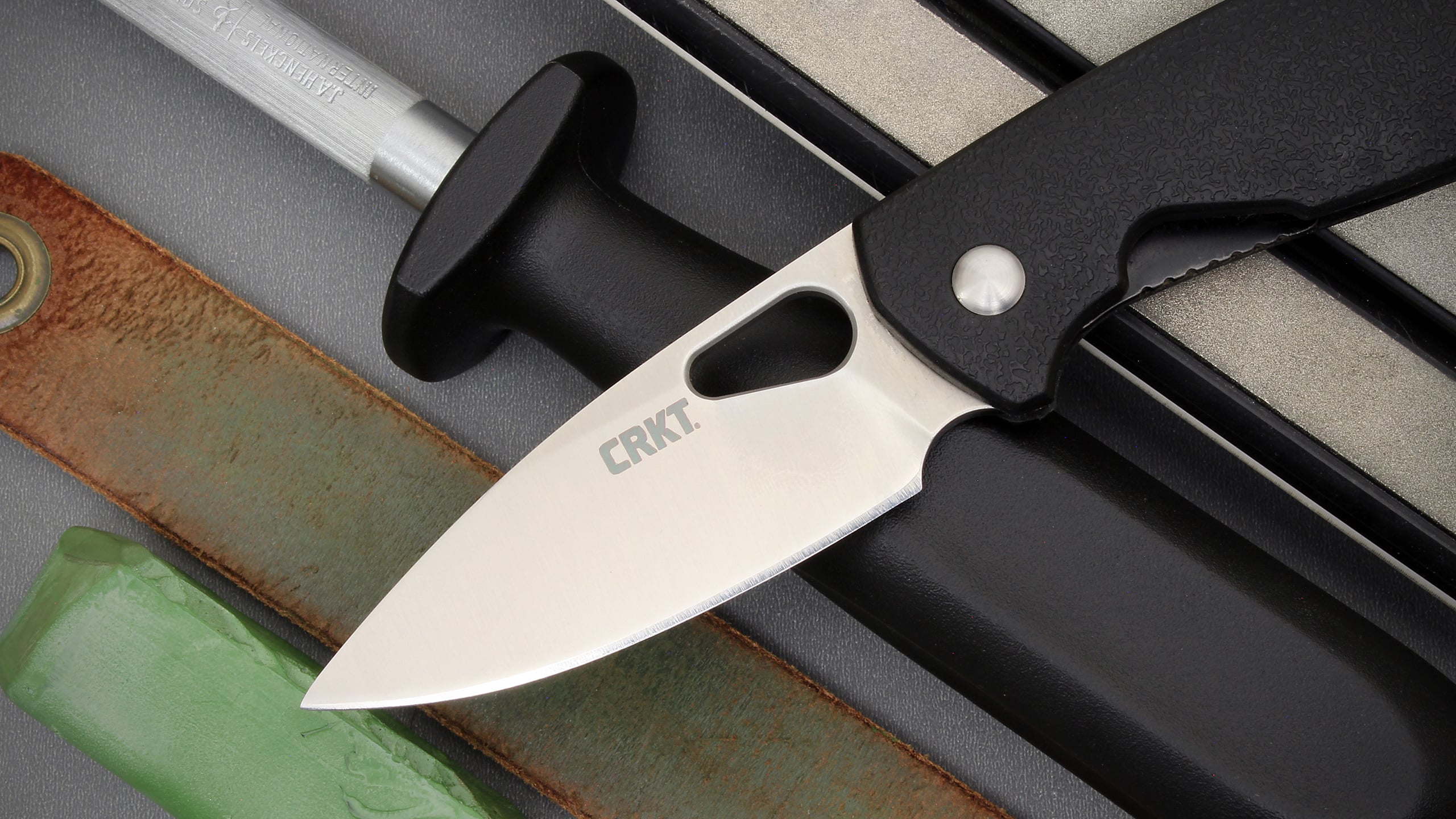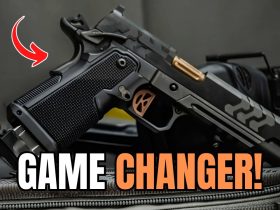The Problem
As an older shooter, you are becoming disgusted with your shooting these days. Your accuracy is not what it used to be with your favorite pistol. Your sights are hard to see, and your ability to hold still is a dream of what was, but is never to be again. And your trigger seems to have a mind of its own, breaking sometimes before you are ready for it, and other times seeming so hard to move that you thought you had forgotten to release the safety. You are wondering if a new gun will help, or if you are at the stage in life where you should hang up your guns and find something else to do for fun as opposed to frustration.
The Solution
The likelihood of your pistol changing all by itself is far from realistic. The reality of what you are experiencing is a product of two things: time and adaptability.
Time is something that we cannot control, no matter how hard we try. Adaptability, however, is something we can control in just about every aspect of our shooting.
Difficulty seeing your sights can be solved in several ways. Transitioning to a red-dot-type sight (electro-optic) is an easy answer to being able to see the sights any more. If that is not an option to be considered, modifying the sights on your gun to give a more satisfactory sight picture might provide an answer. Sometimes just widening the rear-sight notch enough so the fuzzy front sight can be visually centered in the fuzzy rear-sight notch is all it takes. As long as the front sight is centered in the rear-sight notch, the muzzle is still pointed at the target, whether what you are looking at is as clear as you would like for it to be or not.
Think about simplifying your sight picture by putting a recognizable dot on the center of your front-sight post (if there is not one there already), so it centers automatically when you are looking through the window of the widened rear-sight notch. By floating the dot over the center of the target area to be shot, your perceived hold will return to an acceptable level with little more than a slight change in how you perceive sight alignment and sight picture. The sights may have to be adjusted slightly to move the group to the desired impact area, but the real key is to see the contrast of the front sight through the window of the rear-sight notch superimposed over the geographic center of the target. Putting this into practice will result in acceptable groups with a minimum amount of practice.
Trigger pull can be incorporated into this new sight picture by envisioning a connection between the front-sight dot and the trigger itself. Once the dot is floating on the target area, in your mind, pull the dot with the trigger to the center of the eye down an imaginary rail between the front sight and the rear-sight notch until the gun fires.
By concentrating on floating the dot on the target while moving it with the trigger, trigger-pull inconsistency is all but eliminated. Equal attention to the front-sight dot and the movement of the trigger through the break of the shot is a veritable guarantee for success.
If the feel of the gun is not what it once was for you, consider changing the grips, the configuration of the trigger or both. Sometimes, that change itself has been needed all along, and you just did not realize it until there was a drop off in performance.
There is no reason to give up something that you enjoy doing just because of life’s changes. As humans, we are adaptable creatures. Having an open mind to that fact and taking a few steps to change a few things will keep you doing something you enjoy for years to come.
Read the full article here


















Leave a Reply